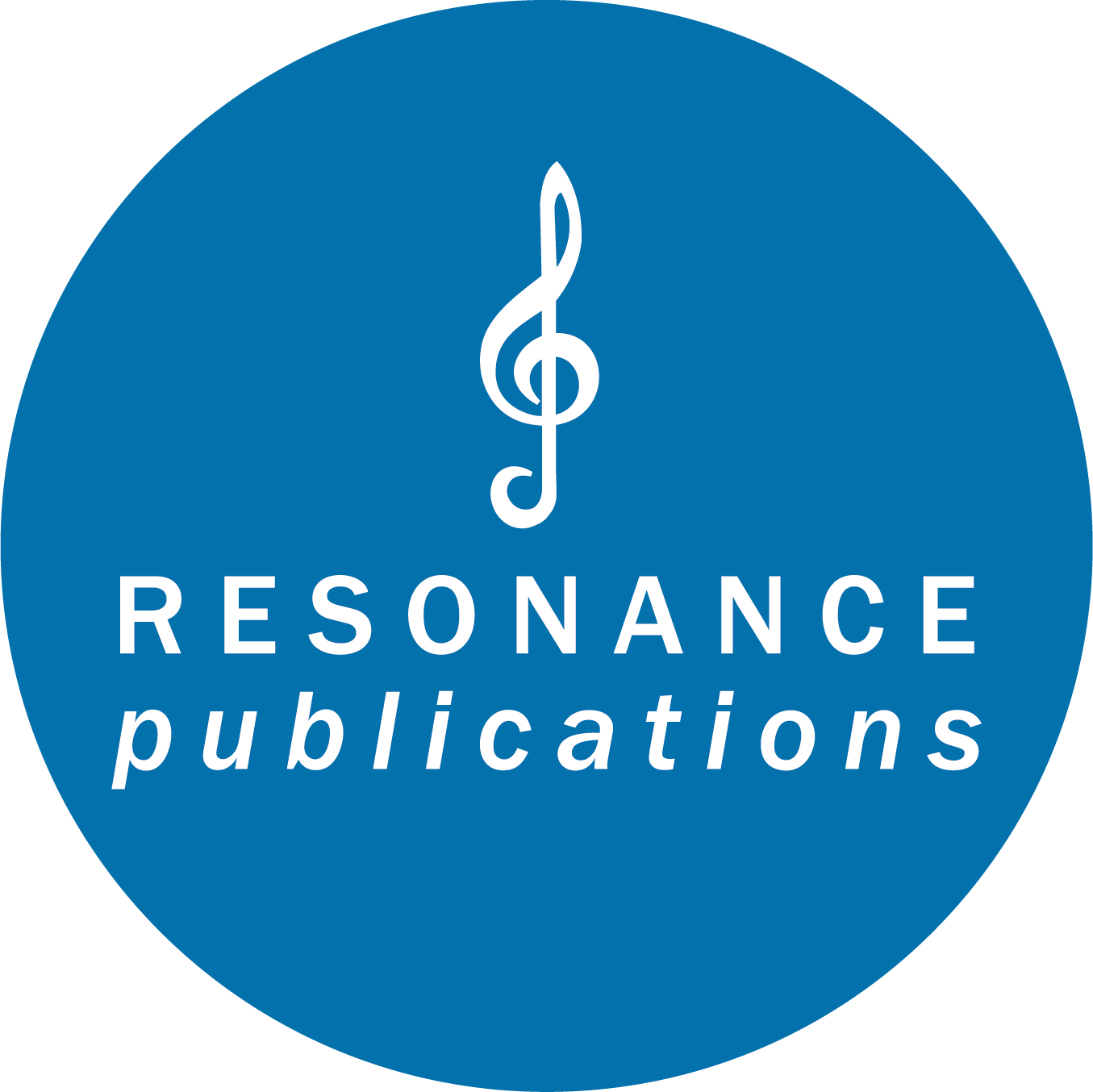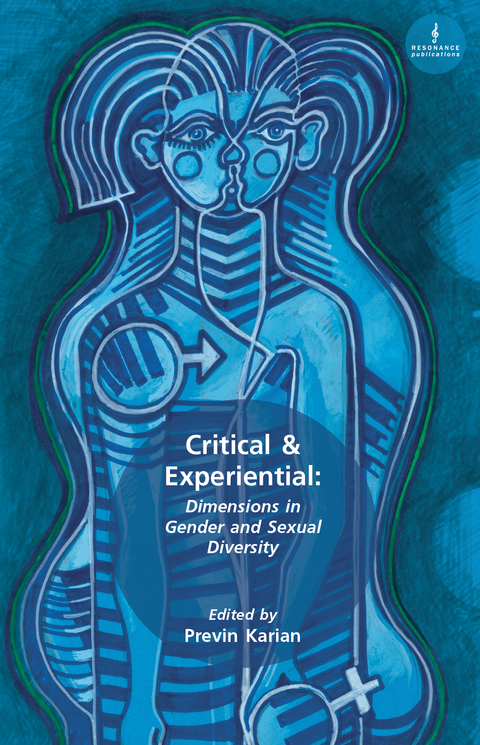ReviewsWhat the critics say
A multidisciplinary collection of chapters on gender and sexual diversity, that moves beyond the LGBTQ(IA) acronym to include non-binary and heterosexual variation.
This book is a hefty, extremely well researched and argued tome and it brings together academics, practitioners and activists from the UK, US, Canada, Russia and India. Although aimed at the practitioner and professional there is much in this book that an informed layperson can benefit from, not least of which is the clear honest voices of experience of people living lives of delicate complexity, and discussing openly and with a clarity that’s often not given platform the ways and means of developing ones identity, life choices and experiences based on what’s true to you.
The various chapters are presented with insight and with a decent balance between layperson and professional, between research and lived experiences and draws clear, honest results that are understandable and informative.
There are some profoundly interesting chapters in this book, that challenge as much as inform but anyone with an interest in proud, frank and non-pathologizing discussions of gendered identities and sexual practices that are explored in honest and engaging ways would find this book invaluable in a process of personal understanding or development. This book is Karians’ personal rebut to the shock of latent homophobia on display at a conference in London a few years back and it’s clear tone and clarity of vision does much to push against ignorance and harmful assumptions on the professional level and many others. Complex, insightful and filled with personal experiences this is certainly food for thought.
Eric Page, GScene
Practitioners will find especially helpful explorations of non-normative gender and sexual lifestyles that are not frequently or accessibly related in mainstream literature. Activists for issues in gender and sexuality will welcome the unapologetic advocacy of under-represented identities found throughout. Those exploring their own sexual and gendered self will find proud, frank and non-pathologizing discussions of gendered identities and sexual practices that will be invaluable to them in their own process of persona understanding. The multiplicity of authorial voices, representation of the range and spectrum of cultural, sexual, inter-relational experiences, theoretical perspectives, scholarship and passionate on the ground activism, makes for a very rich and highly informative collection that many working in different disciplines and modalities will benefit from.
Barry Watt, Council Member at The Site for Contemporary Psychoanalysis
This book is divided into 16 chapters, beginning with a bold and challenging introduction - clear in the editors disdain and disappointment in mainstream psychologies, paving the way for new pioneering and subversive narratives which are currently positioned at the edges and which the editorial restates in the foreground.
The book highlights the gaps in counselling/therapy training whereby the binary categorisation of sexuality and gender simplifies and reduces complex phenomena such as identity and desire to psychological or biological models. I’m happy to say that these chapters are a threat to the powerful and privileged position heteronormativity has in social institutions such as education, medicine, psychological theories and therapies, family and relationship structures. As such, the chapters complicate and challenge the normalising practices of heteronormativity and its understanding of identities and desire.
I liked the editor’s resistance against any particular ‘flow’ of content, queering the very ordering and standardisation that is being contested in the chapters’ content. This makes the reader think about what they are reading, unaided by any logical structure of chapters.
For me one of the key chapters is An Analytic of Belonging. The author draws attention to the regulatory character of heterosexuality in psychological therapies and how it has become the ‘unspoken’ in psychological theories. He emphasises the importance of the therapist’s awareness of their own intersectional identities in terms of how they situate themselves in their clinical practice, giving credence to feminist research on the notion of situated knowledge, indicating the kind of power that enables a certain kind of knowledge.
I like the idea of critical thinking being applied to the lived experience, taking it out of the realms of academia and pedagogy. Through this, the chapters tell new stories of identity and desire through privileging lived experiences of knowledge and exposing how stories of identity and desire are embedded in cultural discourses.
This book tells those untold emerging stories, illustrating how the regulatory nature of heterosexual discourse organises desires into binary categories that does not account for the complexity and fluidity of desires that underpin peoples lives.
As a trainer in Sexualities & Genders on post graduate counselling and psychotherapy courses, I will be gladly be adding this book to my course reading list.
Dr. Angie Fee, Psychosynthesis Trust
This is a book that shouldn’t have needed writing. Karian’s editorial introduction outlines how it came about, which was as a response to the continued exclusion of the lived experiences of gender, sexuality and relationally diverse (GSD) populations within the ‘psy’ and counselling professions.
The book covers a huge range of topics, from explorations of non-binary representation, through gay Leathersex, BDSM lifestyles, polyamory and swinging, to the plight of LGBTQ people in modern day Russia – and a whole lot more.
Any book about diversity needs to represent a mix of styles, authors and material. Karian and the contributors have created a successful book in its range of topics and depth with which they are covered. It is well edited to draw parallels and connections across the chapters, creating for the most part a sense of unity. However, this can leave some of the chapters feeling a little jarring within the context of the rest. Skye’s chapter, for example, is a great read but feels somewhat out of place with the rest of the chapters stylistically. Similarly, the chapter by Demedetskaya doesn’t sit so well with the rest from a content point of view. But this jarring nature in and of itself is designed to help the reader understand in some small way the nature of reality for marginalized groups, especially those working within our profession.
The key point is to encourage critical thinking within professionals working with GSD groups. It is not enough for training organize to have a ‘paper policy’ on diversity and then not move from their heteronormative stance in training provision. Nor is it enough for therapists to claim to be able to work with these groups without a better understanding, as Shelley writes, of a GSD person’s ‘being-in-the-world’.
Therapists are encouraged to consider the lived experience of GSD groups so they can better critically evaluate their own experience and consider how this should inform their practice. Attending to the words, thoughts and experiences of GSD practitioners and researchers brings theory in from academic marginalization and experiences of research being ‘done to’ or ‘done about’, allowing critiquing of existing unchallenged assumption about these groups.
As well as the range of sexualities, genders and relationship styles covered, the book gives space to a variety of therapeutic schools and modalities. This ensures no one modality can stand apart and say ‘we do it right’. The entire profession needs to reflect on its role in pathologizing and shaming GSD populations to truly become inclusive and remove the need for volume two.
Alex Sanderson-Shortt, BACP Private Practice Journal
Previn Karian introduces the book with a challenge: that it should need no introduction but that he does so reluctantly to parry “supercilious hostility” and contempt for the “experiential”. He explains critical thinking as the product of thinking about oneself and confronting human experience (hence “experiential”), diverse human nature and history rather than following a research agenda.
The book stems from PCSR’s 2013 conference on LGBTQ invisibility where he reports his “shock and awe’ on needing to confront “manifest and latent homophobia”. The petition from the conference on meaningful change in the areas of Gender and Sexual Diversities (GSD) & Race is reproduced in the appendix and Karian tells us there have been no further developments. I think this rather minimizes other contributions through CPD trainings by specialist conferences and highlighting the issues in the magazines of the professional bodies. However, I have also heard of little improvement in training. Karian positions this book as part of a long term challenge to the psy-professions and explains in the introduction the experiential approach, introduces the material in the chapters and points out where he feels there are gaps: specifically bisexual, asexual and intersex foci and a piece he had hoped to publish on sex workers and feminism.
While Karian says he would have “preferred outrage and polemic”, the chapters come in a calmer register. As the editor he aims to preserve diverse writing styles in chapter revisions and to bridge community voices and uninformed professionals.
Overall, I think this book admirably achieves what Karian sets out to do: looking at a range of ways gender and sexual diversity is experienced and lived. It is not a “how to treat…” book and yet I think will reward readers with an increased curiosity and openness to our sexually diverse clients and all of the ways they might grow and we might grow ourselves.
Grant Denkinson, Transformations: Journal for Psychotherapists and Counsellors for Social Responsibility (PCSR)

